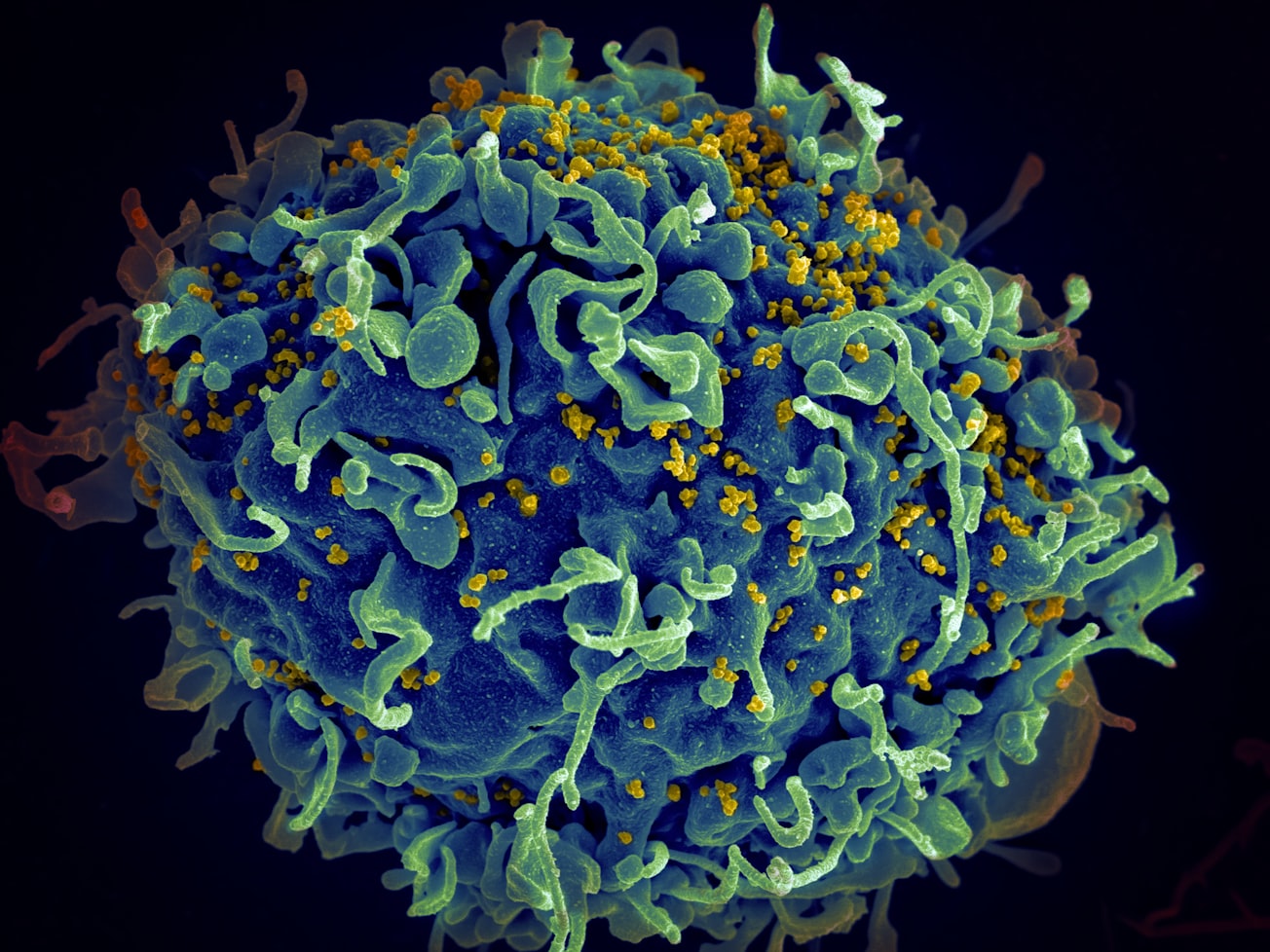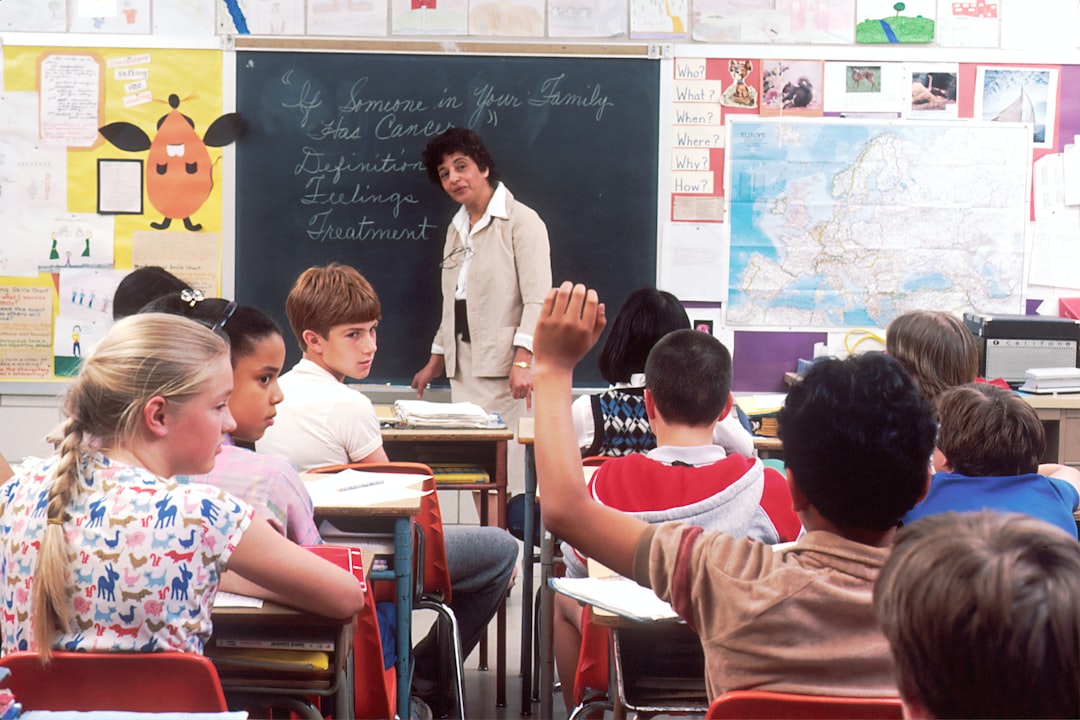What is it about?
Incomplete virologic suppression results in mutations associated with resistance and is a major obstacle to disease control. We analyzed the genotypic profiles of HIV-1 patients at the time of the first virologic failure and the response to a salvage regimen after 48 weeks. This work was a cross-sectional, retrospective, analytical study based on data collected from medical records and genotyping tests between 2006 and 2016. The sample consisted of data on individuals living with HIV (PLWH) from three major reference centers. A total of 184 patients were included in the data analysis. Viral subtype B was the most common (81.3%) as well as M184 V/I (85.3%) and K103 codon mutations (65.8%). Forty-eight weeks after switching to a salvage regimen, 67.3% of patients achieved an undetectable viral load. The number of mutations associated with nucleos(t)ide reverse transcriptase inhibitors (NRTI(t)s) did not affect virologic suppression (9.3% for zero NRTI(t)-associated mutations vs 48.6% for 1–2 NRTI(t)-associated mutations vs 42.1% for ≥3 NRTI(t)-associated mutations, p = 0.179). An ARV time (the beginning of the first ARV regimen up to genotyping) of > 36 months was a protective factor for detectable viral load (PR = 0.60, 95% CI = 0.39–0.92, p = 0.020) and a risk factor for developing ≥3 NRTI(t)-associated mutations (PR = 2.43, 95% CI 1.38–4.28, p = 0.002). We found that extensive resistance to NRTI(t)s at the time of the first virologic failure did not impact virologic suppression at 48 weeks after switching to a second-line therapy based on NRTI(t)s plus protease inhibitors.
Featured Image

Photo by National Cancer Institute on Unsplash
Why is it important?
This study is representative considering the limited resources scenario in Northeast of Brazil. It represents a decade of genotyping in the first virologic failure in Pernambuco, Northeast, Brazil. In 2016, we were able to access genotyping easily. Between 2006 and 2016, there was therapeutic rescue without genotyping due to the logistic difficulty in this region of Brazil.
Perspectives
The time on ARVs to genotyping was an independent protective factor for a detectable viral load. Long-term follow-up is needed to support the use of partially active NRTI(t)s in salvage therapy regimens while controlling for adherence-related factors. Studies assessing the actual need for genotyping after the first virologic failure with NNRTIs are also needed.
Dr. VALTER ROMÃO DE SOUZA JUNIOR
University of Glasgow
Read the Original
This page is a summary of: Virologic suppression in response to antiretroviral therapy despite extensive resistance within HIV-1 reverse transcriptase after the first virologic failure, BMC Infectious Diseases, October 2018, Springer Science + Business Media,
DOI: 10.1186/s12879-018-3400-6.
You can read the full text:
Contributors
The following have contributed to this page










